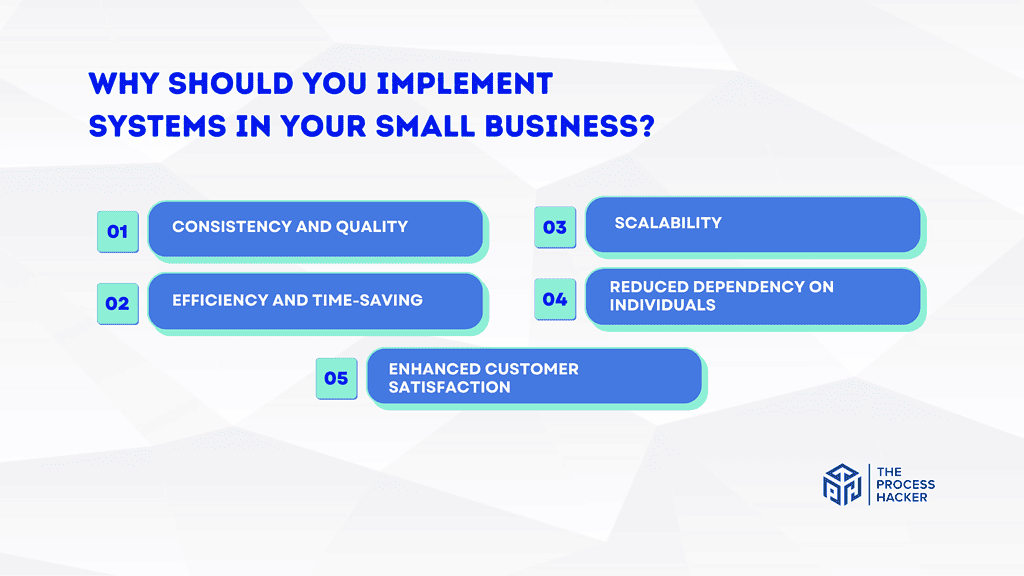How To Build Systems In Your Business

In today's fiercely competitive business landscape, survival isn't merely about hard work; it's about working smart. Many entrepreneurs and small business owners find themselves trapped in a cycle of constant firefighting, reacting to crises instead of proactively shaping their business's future. The key to breaking free from this cycle lies in implementing robust and scalable systems.
Building effective systems within a business is crucial for sustainable growth, improved efficiency, and enhanced profitability. A strong system will turn chaos into controlled, streamlined processes. By standardizing operations and delegating effectively, business owners can free themselves from day-to-day minutiae and focus on strategic initiatives.
Understanding the Need for Systems
Businesses often start with the founder personally handling every aspect of operations. While this hands-on approach might be necessary initially, it quickly becomes unsustainable as the business grows. As cited by Harvard Business Review, companies that fail to systematize their operations often hit a growth ceiling, struggling to scale beyond a certain point.
Without defined processes, tasks are completed inconsistently, leading to errors, delays, and customer dissatisfaction. Systems provide clarity. They ensure that everyone on the team knows exactly what is expected of them, how tasks should be performed, and what tools they have at their disposal.
Steps to Building Effective Systems
The process of building systems is an iterative one, requiring careful planning, implementation, and continuous improvement. It's not a one-size-fits-all solution, so it must be adapted to fit the specific needs of each organization.
1. Identify Bottlenecks and Key Processes
Begin by identifying the most time-consuming and problematic areas within your business. What tasks are constantly causing delays or requiring significant rework? These are prime candidates for systemization.
Document every step involved in these processes. Process mapping visually outlines the current workflow, highlighting redundancies, inefficiencies, and areas for improvement.
2. Standardize Procedures
Once the processes are mapped, the next step is to standardize them. Create detailed Standard Operating Procedures (SOPs). SOPs should be clear, concise, and easy to follow.
Include step-by-step instructions, visual aids (screenshots, diagrams), and any relevant templates or resources. The goal is to create a standardized method that can be consistently replicated by anyone on the team.
3. Leverage Technology
Technology plays a crucial role in automating and streamlining business processes. Cloud-based software, project management tools, CRM systems, and accounting software can all significantly improve efficiency.
Choose software solutions that integrate seamlessly with your existing systems and align with your business needs. Investing in the right technology can free up valuable time and resources, allowing your team to focus on higher-value tasks.
4. Train and Empower Employees
No system can succeed without proper training and employee buy-in. Invest in training your employees on the new systems and procedures.
Empower your employees to take ownership of the systems and provide feedback for improvement. A collaborative approach fosters a sense of ownership and encourages employees to actively participate in the system's success.
5. Monitor, Measure, and Improve
System implementation is not a one-time event; it’s an ongoing process. Regularly monitor the performance of your systems and track key metrics.
Gather feedback from employees and customers to identify areas for improvement. Use this data to refine your systems and ensure they continue to meet the evolving needs of your business.
Overcoming Challenges
Implementing systems can be met with resistance, particularly if employees are accustomed to doing things a certain way. Clearly communicate the benefits of the new systems. Emphasize how they will make their jobs easier and more efficient.
Be patient and provide ongoing support during the transition period. Iterative implementation, rolling out changes gradually, can help ease the transition and minimize disruption.
The Future of Systemization
The future of systemization lies in automation and artificial intelligence (AI). AI-powered tools can automate repetitive tasks, analyze data to identify trends and patterns, and provide personalized recommendations.
Businesses that embrace these technologies will gain a significant competitive advantage, improving efficiency, reducing costs, and enhancing customer experiences. For instance, data from McKinsey & Company suggests that AI could add trillions of dollars to the global economy by automating tasks and improving decision-making.
Building effective systems is not a luxury; it's a necessity for businesses looking to thrive in the modern economy. By systematically documenting, standardizing, and automating processes, businesses can create a foundation for sustainable growth, improved efficiency, and long-term success. The time to start systemizing is now.
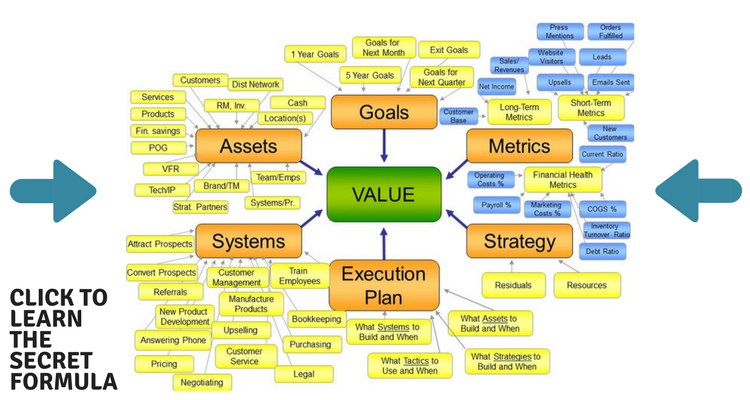

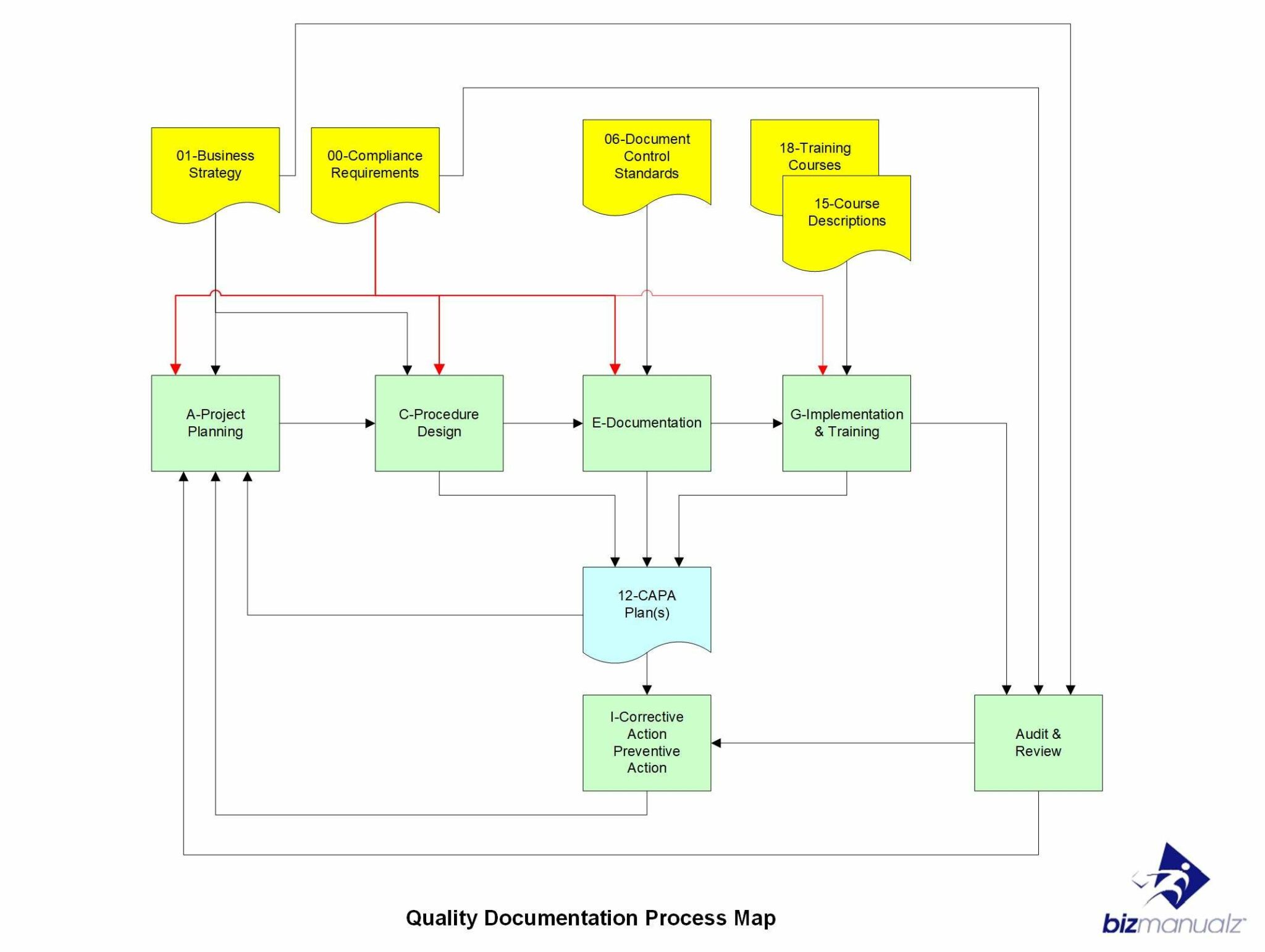

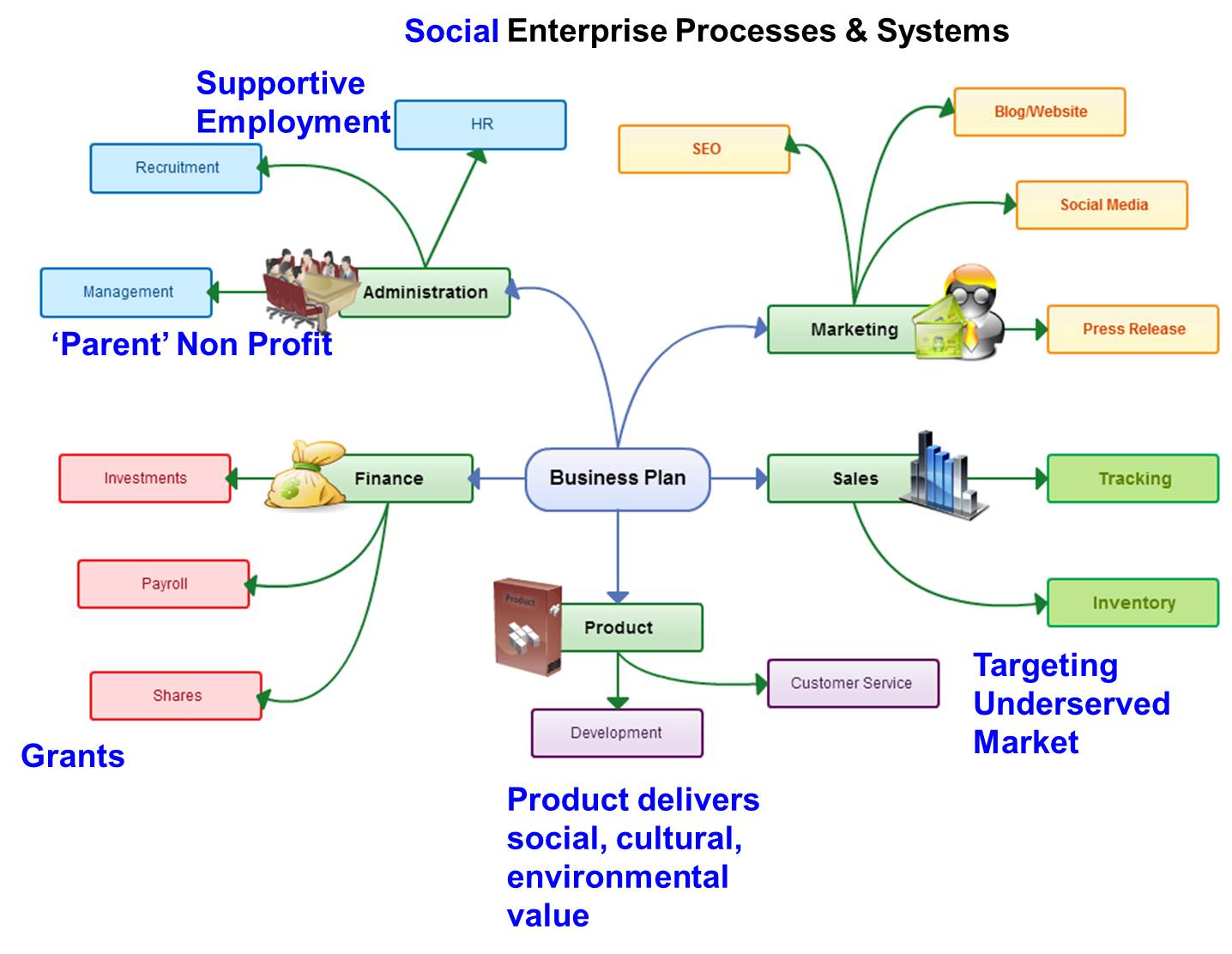



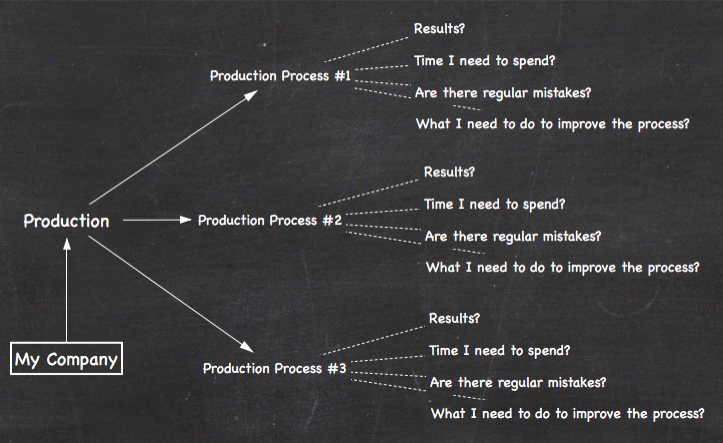

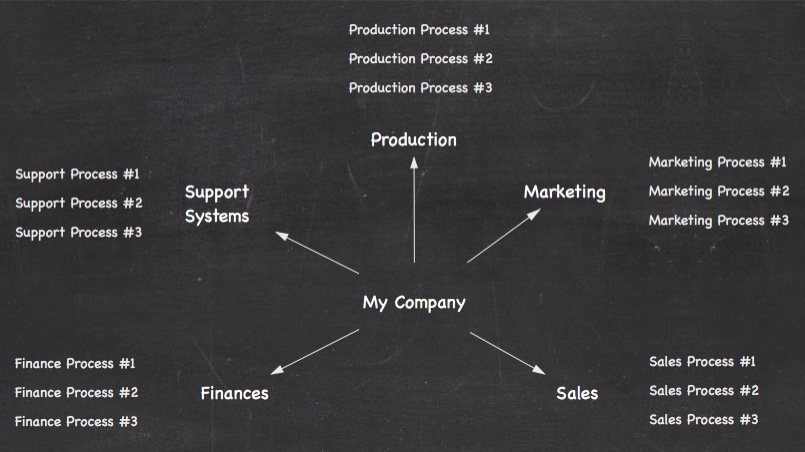

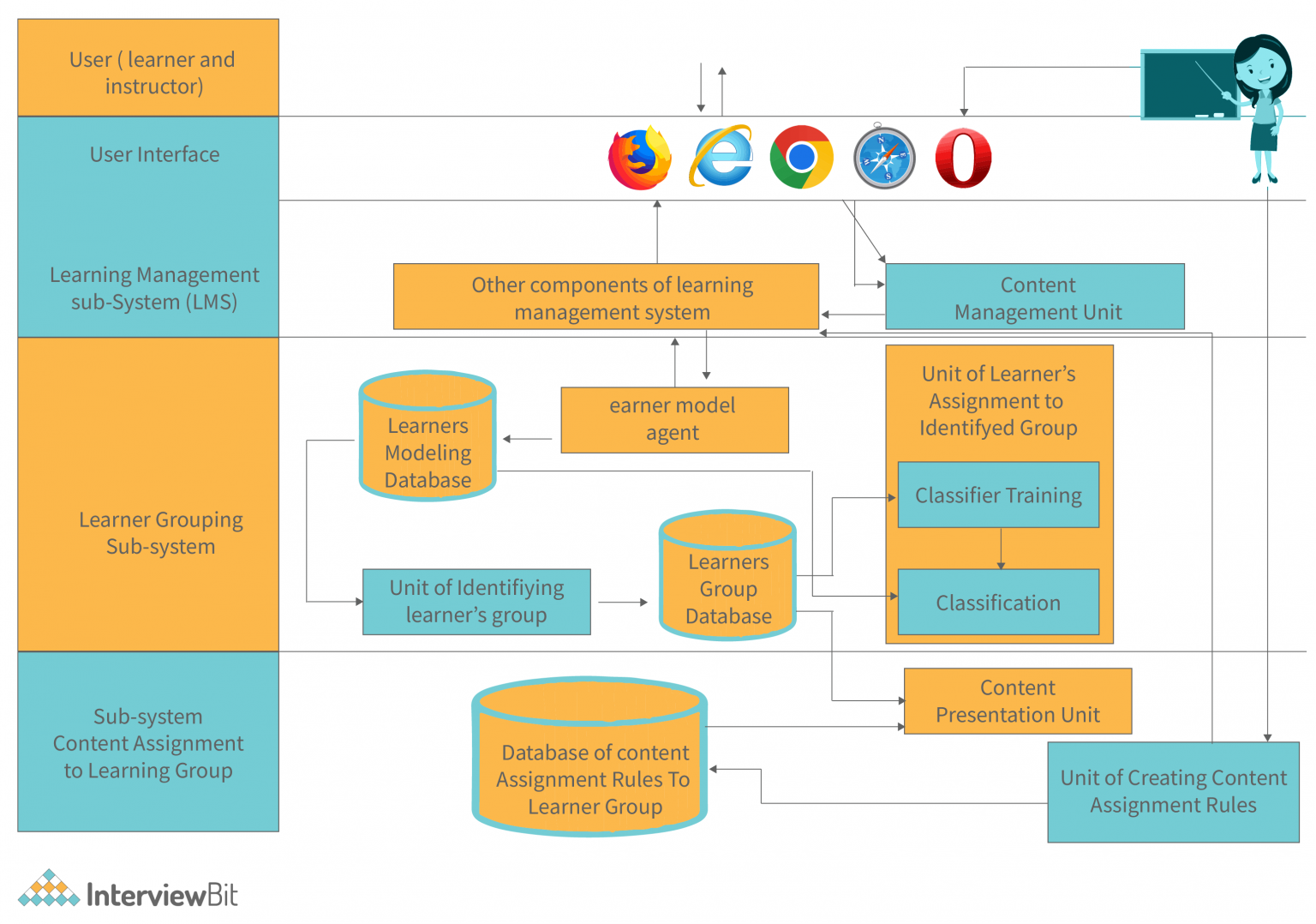
.png#keepProtocol)

